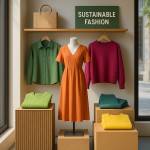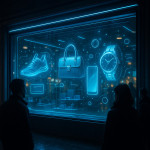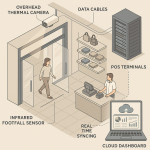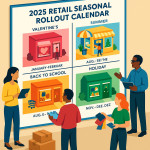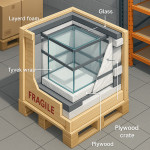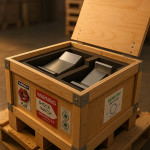Compliance checklist: fire and safety rules every window display must respect
A spectacular shopfront turns heads, but it must never put staff, shoppers or property at risk. Follow this practical checklist to make sure every window display complies with local fire codes, electrical standards and insurer expectations—without dulling your creative spark.
Why fire safety should drive every creative decision
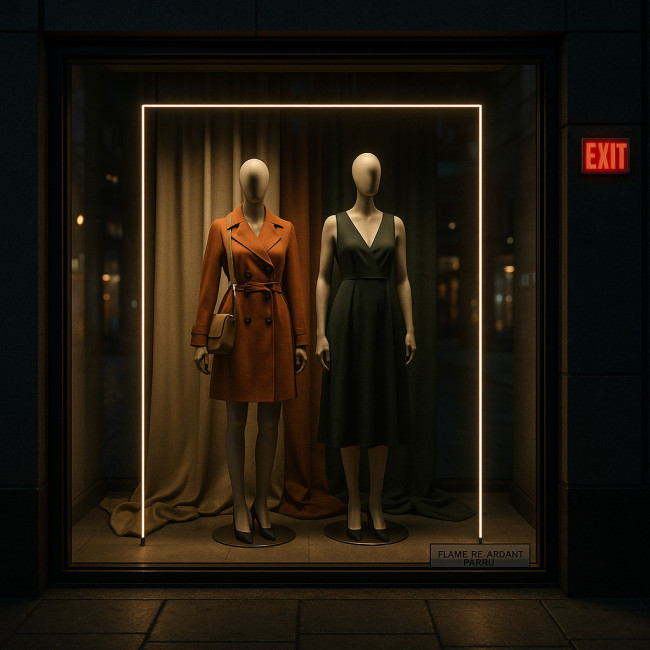
A retail fire can wipe out an entire season's revenue in minutes. According to the National Fire Protection Association, U.S. stores face 13,000 structure fires each year, and displays packed with cardboard, foam or faulty LEDs often fuel the spread. By integrating safety measures from concept stage, you lower insurance premiums, avoid costly redesigns, and keep doors open during peak trading.
The ultimate fire & safety checklist for window displays
1. Choose compliant construction materials
- Verify that all boards, fabrics and foams carry a Class A or B flame-spread rating (ASTM E-84 or EN 13501-1).
- Treat natural materials—wood, straw, paper—with manufacturer-approved fire retardant sprays and record batch numbers for inspectors.
- Swap solvent-based paints for low-VOC, water-based options. They ignite at higher temperatures and protect indoor air quality.
- Consider eco-smart display materials such as recycled aluminium or mineral boards: they resist flames and support sustainability goals.
2. Secure electrical and lighting systems
- Require all LED strips, transformers and dimmers to hold UL, CE or equivalent third-party certification.
- Hire a licensed electrician to install a dedicated 20-amp circuit for the display; never piggyback on random outlet banks.
- Keep power supplies in ventilated housings and at least 15 cm away from flammable décor.
- Route cables through conduit or under protective raceways—no loose lines across the floor.
- Schedule an annual thermal-imaging scan to spot overloaded wiring before it sparks.
3. Plan safe layout and egress
- Maintain a clear path of at least 90 cm between the window platform and the nearest emergency exit.
- Limit display depth so that sprinkler heads enjoy an unobstructed spray pattern—check spacing with a laser level.
- Install toughened safety glass or acrylic shields on moving props that sit above head height.
- Label hinged panels with visible “Fire break point—do not block” stickers to guide staff during an evacuation.
4. Control heat and ignition sources
- Use sealed LED fixtures; avoid halogen bulbs that can reach 200 °C.
- Position any kinetic or motorised elements so they cannot snag fabric and generate friction heat.
- Prohibit open flames, candles or pyrotechnic effects inside display zones—no exceptions.
- Store cleaning aerosols and touch-up paints in a metal cabinet, minimum 3 m from the window area.
5. Document installation and maintenance
- Create a display dossier containing product datasheets, fire certificates, electrical drawings and inspection logs.
- Train staff to conduct weekly visual checks: look for frayed cables, overheating drivers or dislodged panels.
- Log every modification, no matter how small, in the dossier so inspectors see continuous compliance.
- Book a third-party audit before peak seasons. Many insurers offer reduced excesses for documented self-inspections.
Common pitfalls vs. best practices
| Pitfall | Risk Created | Best-practice Fix |
|---|---|---|
| Using retail extension leads for animated mannequins | Cable overload & trip hazard | Install dedicated circuit with RCD protection |
| Spraying scenery with household paint | High flame-spread index | Specify certified fire-retardant coatings |
| Piling props to ceiling height | Blocks sprinklers | Respect 46 cm clearance below heads |
| Last-minute prop swap without paperwork | Invalidates fire certificate | Update dossier and re-inspect |
Integrate safety into your creative workflow
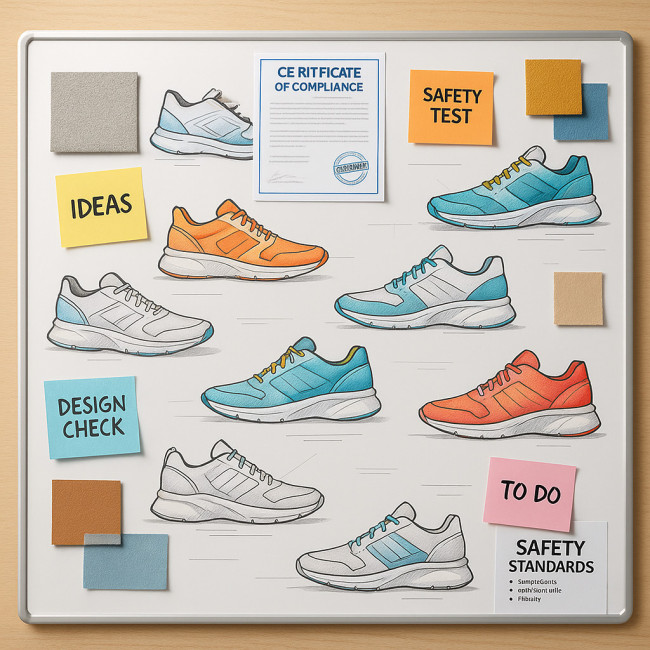
Safety need not stifle imagination. Build checkpoints into the same timeline you use for concept sketches, sourcing and shipping. The global install logistics guide shows how to time material deliveries so you can flame-proof props before they hit the shopfloor. Combine that approach with phygital shopfront techniques that use lower-temperature LED pixel tiles instead of bulky projectors.
Monitoring performance without compromising compliance
Data matters to merchandisers. Tools such as thermal sensors and footfall cameras let you track success safely. Pair them with the advice in this footfall data tutorial and you'll prove ROI while watching for hot spots that could point to wiring stress.
When to call in specialised help
Complex displays with moving parts or multi-story façades require structural calculations and sometimes fire-engineered reports. Consider partnering with a certified spatial designer. You will find pre-vetted professionals on Artfolio's spatial designer directory, complete with portfolio images and compliance credentials.
Test your fire-safety IQ
FAQ
- Do fire marshals need to approve every new window concept?
- Not always. Small seasonal swaps that keep certified materials may only require an internal sign-off. Complex redesigns or layout changes generally need official inspection—check your local code.
- Can I reuse last year's props if they were already flame-retarded?
- Yes, provided you store them in a dry, sealed container and keep the original test certificates. Always reapply retardant if the surface looks worn.
- Are battery-powered LEDs automatically safer than mains power?
- They reduce shock risk but still pose fire hazards if bargain batteries overheat. Choose UL-listed packs and mount them away from flammable décor.
- How often should I test the display's Residual Current Device (RCD)?
- Press the “T” button monthly. A failure to trip means you need a licensed electrician immediately.
Key takeaways
- Start safety planning at concept stage, not after installation.
- Document everything—certificates, trainings, inspections—to satisfy insurers and regulators.
- Use low-heat LEDs, flame-retardant materials and clear egress paths.
- Leverage data (thermal sensors, footfall counts) to balance creativity, revenue and risk.
Ready to design a compliant showstopper?
Follow the checklist, bookmark this guide, and share it with your fabrication team today. With safety boxes ticked early, your next display will dazzle shoppers—without alarming the fire warden.

